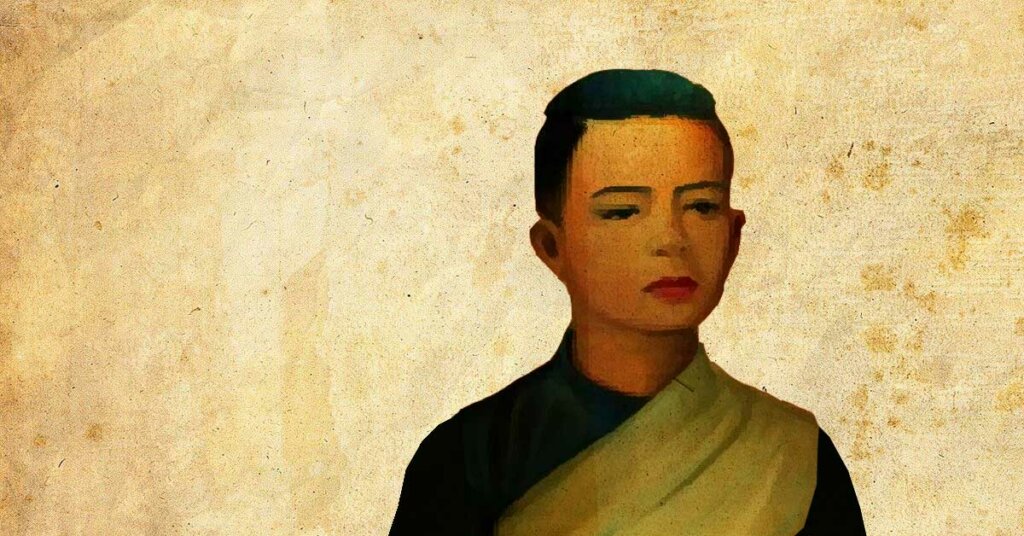
เจ้าจอมแว่น ในรัชกาลที่ ๑ (คุณแว่น/คุณเสือ/เจ้าคุณข้างใน)
We mentioned Jao Jaawm Waaen in the story of the first queen of the Rattanakosin era – Queen Amarindra.
Jao Jaawm Waaen was a member of the Vientiane royal dynasty. She was brought to Thonburi by a military commander named Chao Phraya Chakri, who met her during a mission to Vientiane. This commander later became King Rama I.
In the early Rattanakosin period, the ancient royal customs excluded the King’s concubines who lived in the court from any significant roles in the court’s internal affairs. Most of the court’s daily chores were supervised by the two older sisters of King Rama I, except for food preparation. This duty the King granted to his favorite and most trusted concubine, Jao Jaawm Waaen. She would prepare the King’s meals, serve them, and sit next to him as he dined.
In his book Saan Somdet (หนังสือสาส์นสมเด็จ), (PDF download) Prince Damrong Rajanubhab, the father of Thai history and archaeology, describes this intimate relationship between the King and Jao Jaawm Waaen. That she was his favorite concubine and looked after his children accorded her a powerful position in the court. She was respected and feared by all – and thus nicknamed Lady Tiger (เจ้าคุณเสือ, Jao Khoon Seuua).
Despite her powerful position, Jao Jaawm Waaen did not bear any children to the King, and so she remained a commoner without any royal titles. Toward the end of the reign of King Rama I, she moved to live with Her Royal Princess Kunthon Thipphayawadi (สมเด็จพระเจ้าบรมวงศ์เธอเจ้าฟ้ากุณฑลทิพยวดี), the daughter of King Rama I and Jao Jaawm Maandaa Thongsuk (เจ้าจอมมารดาทองสุก – คำสุก), another concubine who was, like Jao Jaawm Waaen, from the Vientiane royal dynasty. Jao Jaawm Waaen helped raise Princess Kunthon Thipphayawadi’s daughter, to whom she became like a second mother.
King Rama V recorded that when the construction of the Temple of the Emerald Buddha (Wat Phra Si Rattana Satsadaram) was completed in 1784, King Rama I issued a Royal decree ordering the ladies of the inner court to prepare hot dishes for the guests and ordered each servant to look after one hundred guests. (แกงร้อนเจ้าคุณข้างใน ทำเกณฑ์ยกไปปฏิบัติ หลวงพิเดช ขุนหมื่นในกรมรับเลกพันพุฒ ๑๐๐ คน.).
The ladies were also instructed to arrange refreshments for the 2,667 guests who were also invited to the ceremonies, and many other guests. The dishes served included fermented rice noodles with fish curry sauce (ขนมจีนน้ำยา), a coconut-based soup with mung beans vermicelli gaaeng raawn (แกงร้อน), and rice cooked the Muslim way (ข้าวอย่างเทศ). It said that the ladies had to process up to 2,000 liters of rice a day to make the noodles (1 gwiian per day วันละ ๑ เกวียน).
(Note that King Rama V uses the royal title “Jao Khoon Khaang Nai (เจ้าคุณข้างใน)” which was coined by his predecessor King Rama IV to address the ladies of the inner court).
The King’s sister, HRH Princess (Kromma Luang) Naridara Dhevi, also known as Jao Khraawk Wat Pho:Ht (เจ้าครอกวัดโพธิ์), recalls in her memoirs, published during the reign of Rama III (จดหมายเหตุความทรงจำของกรมหลวงนรินทรเทวี), that this, and other, catering duties were the sole responsibility of Jao Jaawm Waaen, whether those being served were the aristocracy, government officials and rulers of other city-states, or even commoners.
Jao Jaawm Waaen and sweet swan egg balls – khanohm khai hohng (ขนมไข่หงส์)
In those days, it was popular to eat mangosteen together with the eggs of monitor lizards and later with turtle’s eggs.
The Thai snack called khanohm khai hiia (ขนมไข่เหี้ย) (monitor lizard egg) was created by Jao Jaawm Waaen. On one occasion, the King called for monitor lizard eggs with mangosteen; Jao Jaawm Waaen was unable to find the eggs so she produced a similar-looking dish as an alternative.
While we will never know exactly how the original dish looked, we understand that it was larger in size than the modern version – the size of a small duck egg – and that it was made by wrapping a filling of mung beans, ground white pepper, salt, and sugar, with dough and fried until crispy on the outside.
The dish’s name was later changed to a more polite version – khanohm khai hohng (ขนมไข่หงส์, swan egg) –during the reign of Rama V when efforts were underway to beautify the Thai language and use polite and meaningful phrasing. Some time later, the dish’s name was changed again to khanohm khai nohk gra saa (ขนมไข่นกกระสา, stork egg).

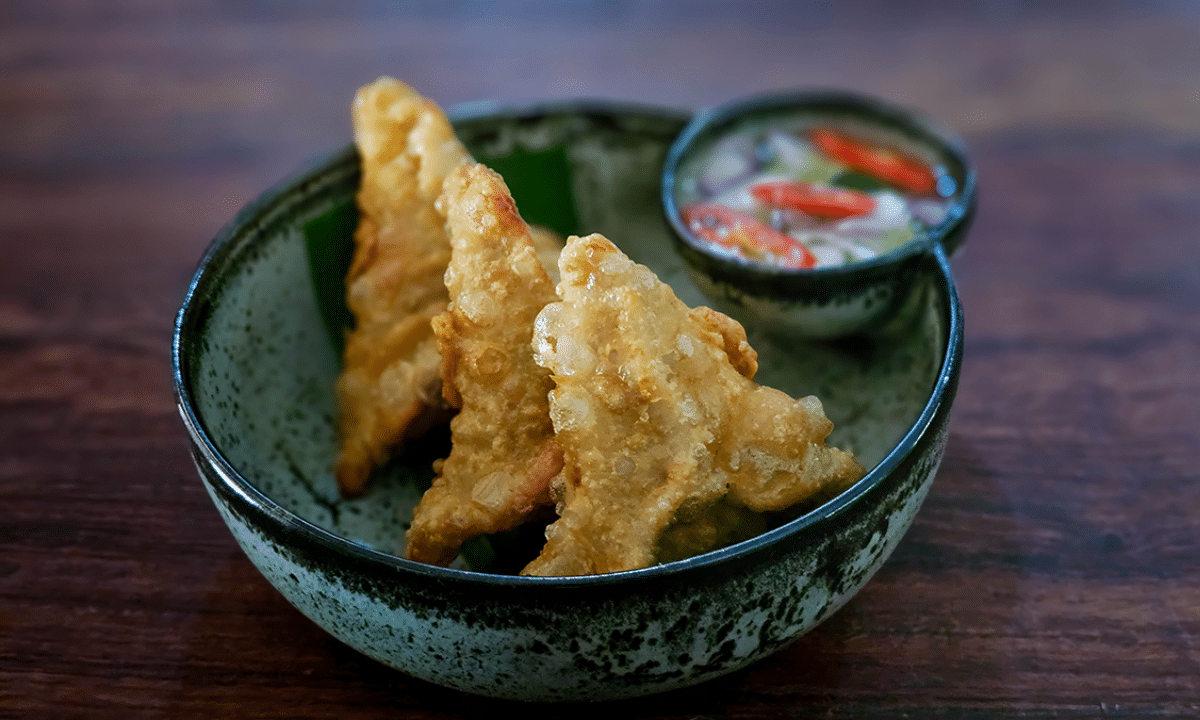

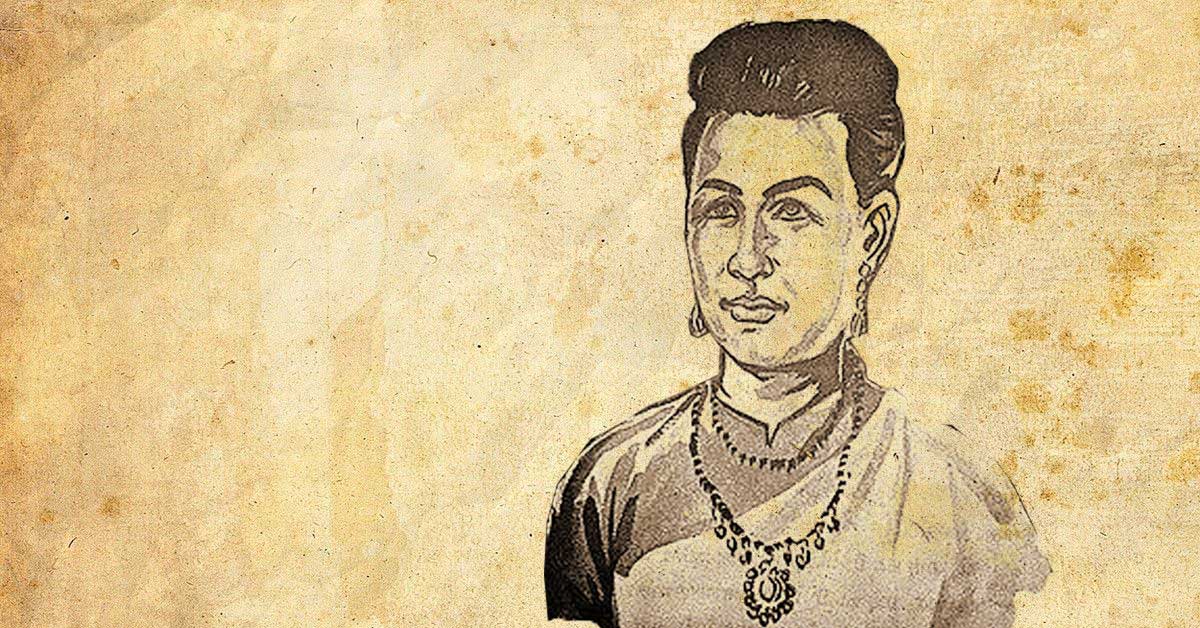
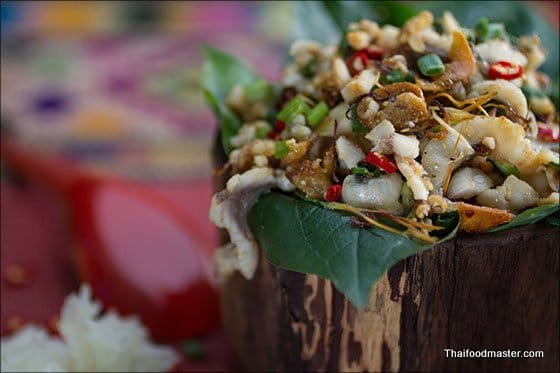

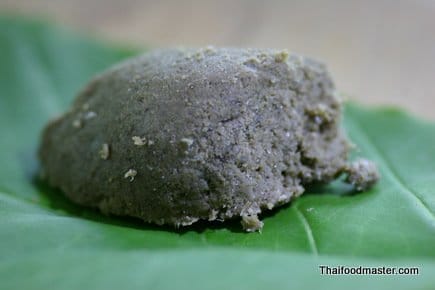

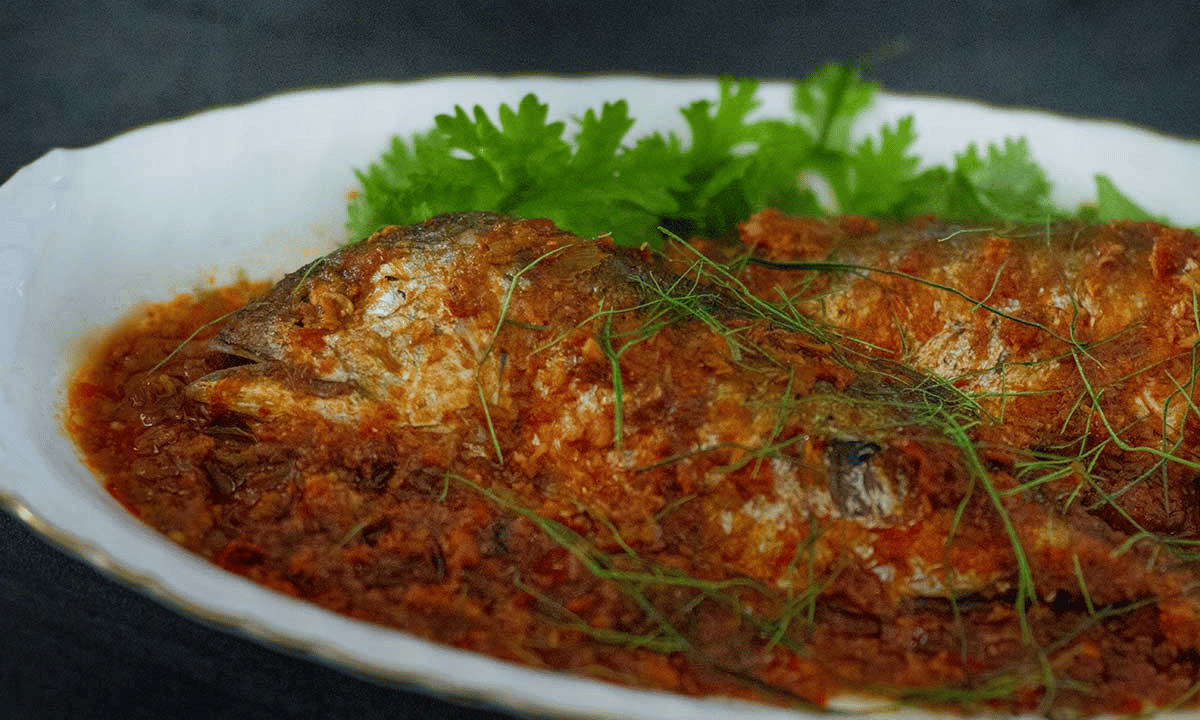
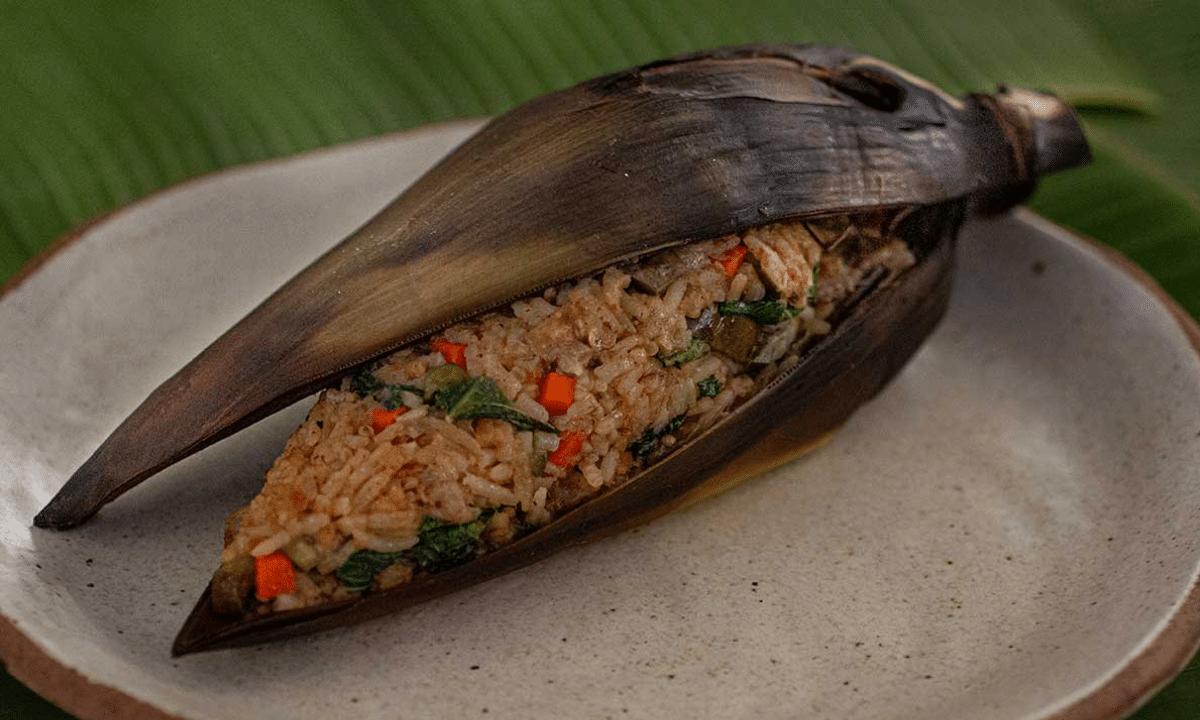
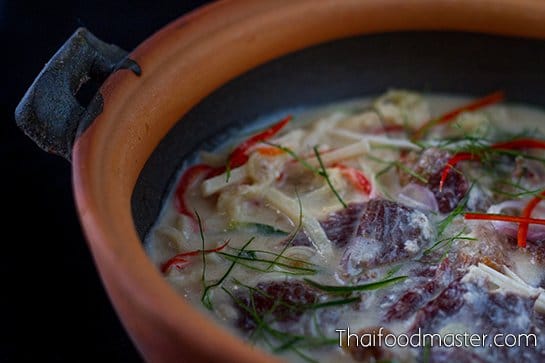
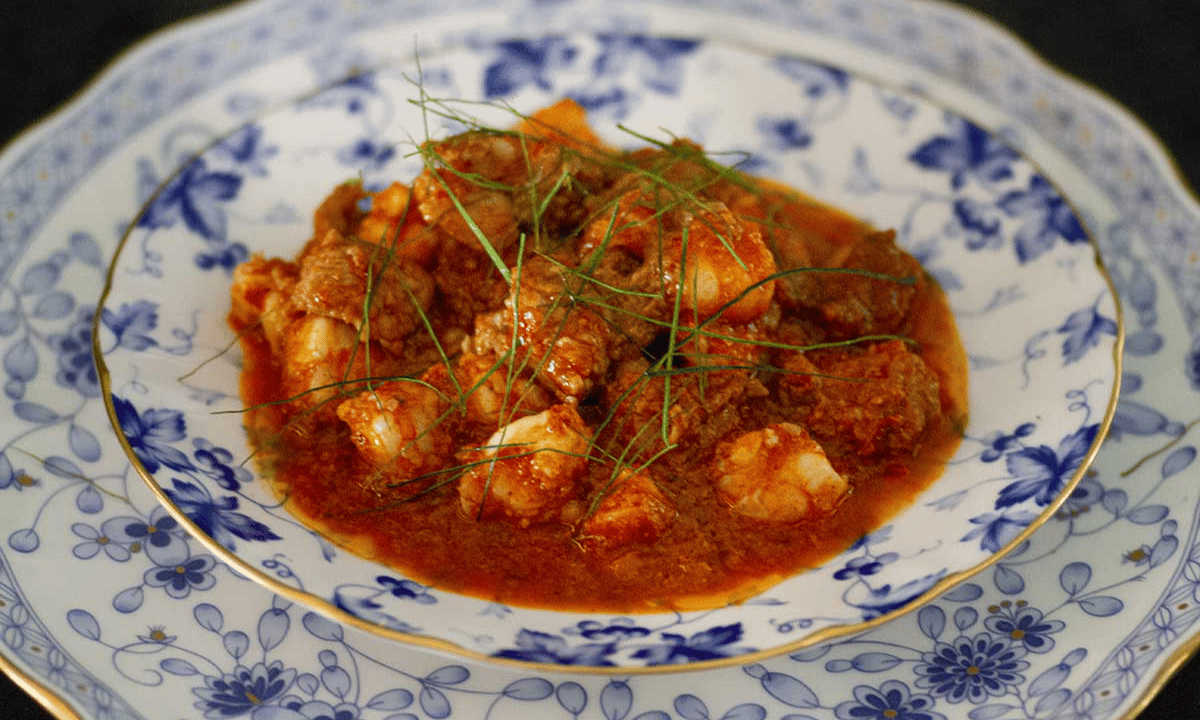
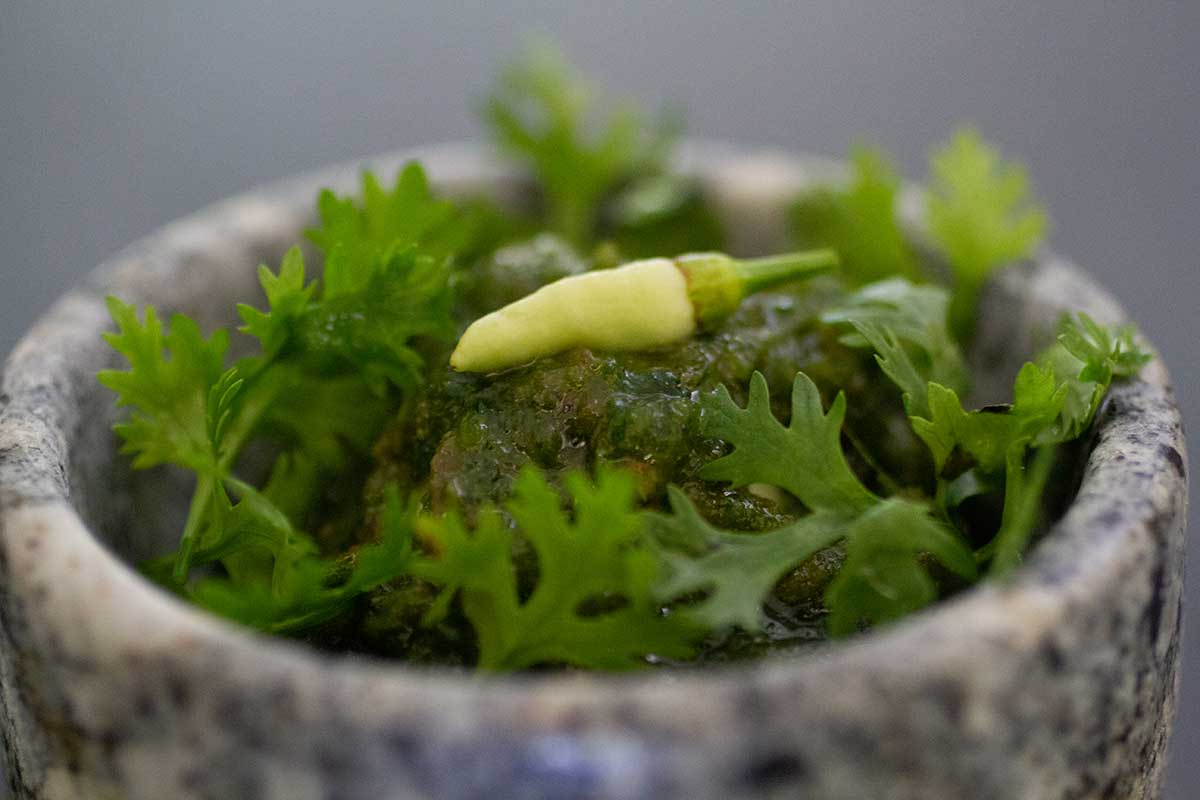
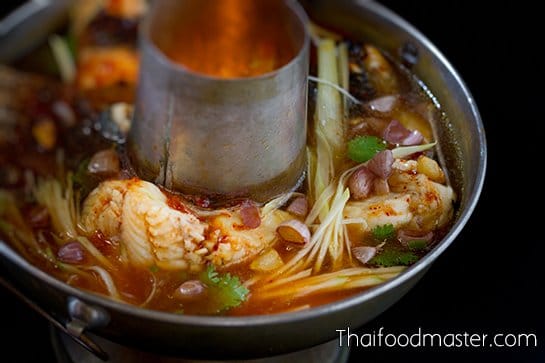

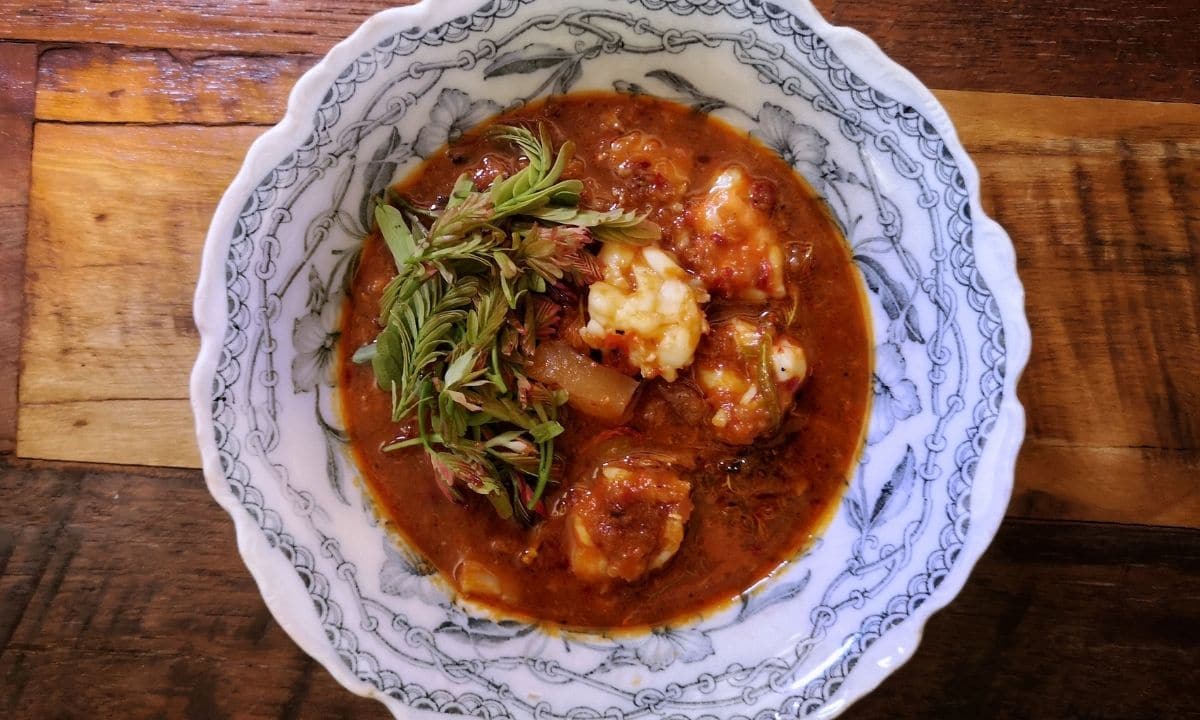
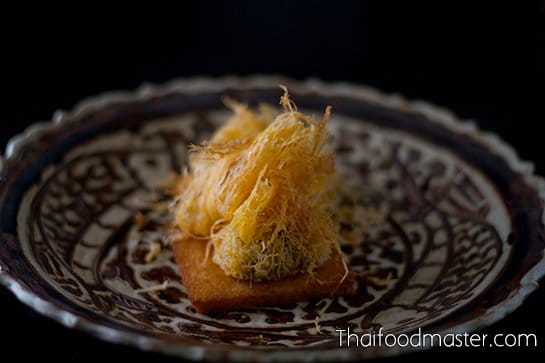
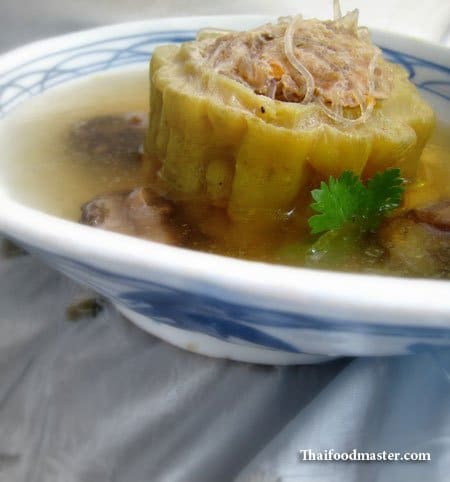

Get Access – Join Thaifoodmaster Today
Practical and kitchen-tested recipes with a mix of theory, history, psychology, and Siamese culture tidbits.
Access to Thaifoodmaster’s constantly growing library of prime professional classes, articles, recipes and videos on Siamese culinary topics, available nowhere else in English.
Gain access to NEW MONTHLY masterclasses as they become available.
1-1 support from Hanuman to help you achieve your professional Thai culinary goals
The opportunity to join a monthly live two-hour videoconference where I can answer your questions.
one year access for the price of 3 days in-person training.
You will get everything you need to:
When you design or build a new menu for an event or restaurant or even prepare for dinner with friends.
Finally !
Master your Thai cooking skills and expand your repertoire.